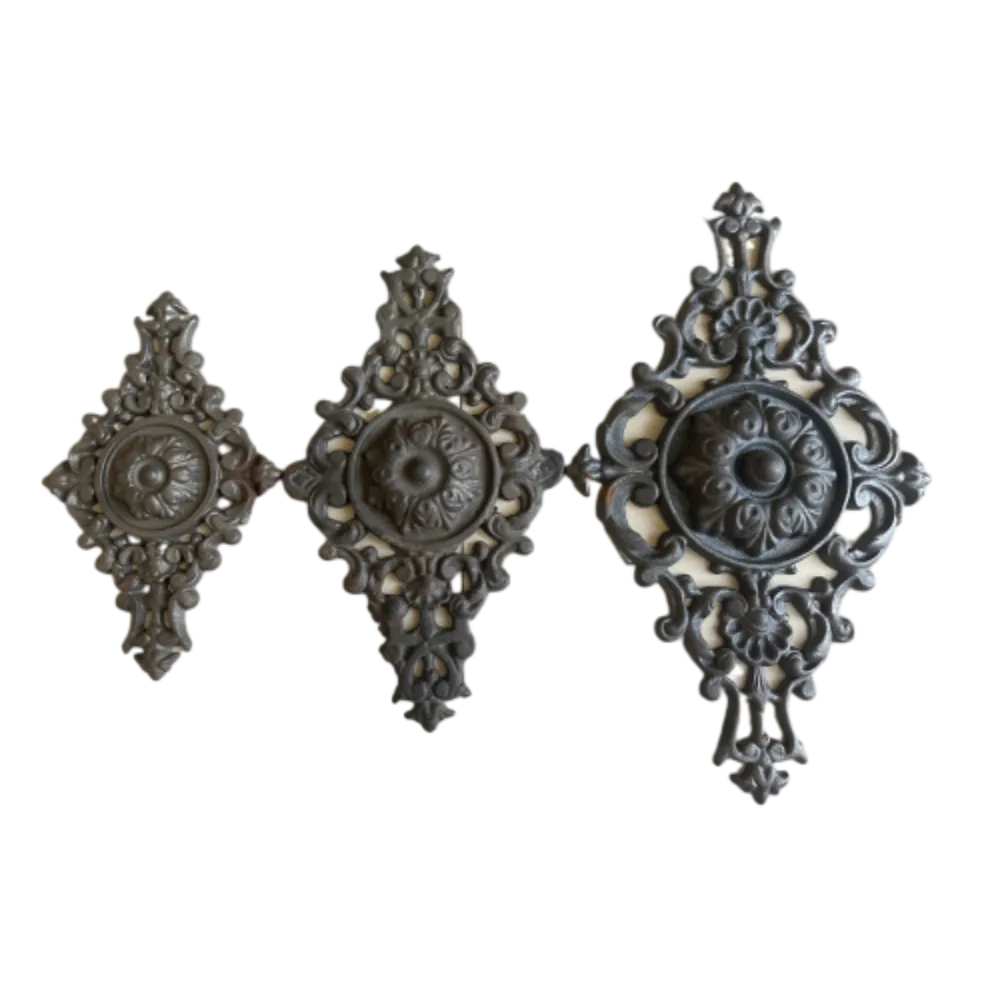how is wrought iron produced
How Wrought Iron is Produced
Wrought iron, a cherished material with a rich history, is known for its malleability, ductility, and resistance to corrosion. It has been utilized for centuries in various applications, ranging from structural elements to decorative arts. The production of wrought iron involves a unique process that distinguishes it from other iron forms, primarily due to its low carbon content and the methods used in its creation.
How Wrought Iron is Produced
In ancient times, wrought iron was produced in bloomeries—small furnaces where iron ore and charcoal were combined and heated. As the ore heated up, the iron would melt and collect at the bottom of the furnace, while the impurities would form a slag that floated on the surface. The resulting material was known as blooms of wrought iron, which still contained some slag, giving it a fibrous texture. This semi-finished product was then removed from the furnace and hammered or wrought to remove excess slag and shape the iron.
how is wrought iron produced

Modern production techniques have evolved significantly since those early methods. The most popular method today is the use of the Forge process, where wrought iron is produced in larger scale operations. In this method, pig iron—which has a higher carbon content—is first created in blast furnaces. This pig iron is then subjected to various treatments to reduce its carbon content and improve its purity. The decarburization process is typically done through reheating the pig iron in a wrought iron furnace, where it is again exposed to oxygen, allowing for the transformation of carbon into gaseous compounds that are expelled from the iron.
Once the desired low carbon content is achieved, the iron undergoes further shaping and refining. The process involves repeated heating and hammering, which aligns the iron’s fibers, ultimately enhancing its tensile strength and flexibility. This labor-intensive process ensures that the final product maintains the distinctive properties of wrought iron—making it ideal for applications in construction, blacksmithing, and artistic endeavors.
The unique characteristics of wrought iron have contributed to its enduring popularity in various fields. Its ability to be easily shaped and welded makes it a favored material for intricate designs in gates, railings, and furniture. Additionally, its resistance to rust and corrosion ensures longevity in outdoor environments.
In conclusion, the production of wrought iron combines ancient techniques with modern methodologies, reflecting the material's historical significance and functional advantages. As we continue to appreciate the artistry and strength of wrought iron, we are reminded of the timeless craftsmanship that has shaped its legacy.
-
Wrought Iron Components: Timeless Elegance and Structural StrengthNewsJul.28,2025
-
Window Hardware Essentials: Rollers, Handles, and Locking SolutionsNewsJul.28,2025
-
Small Agricultural Processing Machines: Corn Threshers, Cassava Chippers, Grain Peelers & Chaff CuttersNewsJul.28,2025
-
Sliding Rollers: Smooth, Silent, and Built to LastNewsJul.28,2025
-
Cast Iron Stoves: Timeless Heating with Modern EfficiencyNewsJul.28,2025
-
Cast Iron Pipe and Fitting: Durable, Fire-Resistant Solutions for Plumbing and DrainageNewsJul.28,2025
-
 Wrought Iron Components: Timeless Elegance and Structural StrengthJul-28-2025Wrought Iron Components: Timeless Elegance and Structural Strength
Wrought Iron Components: Timeless Elegance and Structural StrengthJul-28-2025Wrought Iron Components: Timeless Elegance and Structural Strength -
 Window Hardware Essentials: Rollers, Handles, and Locking SolutionsJul-28-2025Window Hardware Essentials: Rollers, Handles, and Locking Solutions
Window Hardware Essentials: Rollers, Handles, and Locking SolutionsJul-28-2025Window Hardware Essentials: Rollers, Handles, and Locking Solutions -
 Small Agricultural Processing Machines: Corn Threshers, Cassava Chippers, Grain Peelers & Chaff CuttersJul-28-2025Small Agricultural Processing Machines: Corn Threshers, Cassava Chippers, Grain Peelers & Chaff Cutters
Small Agricultural Processing Machines: Corn Threshers, Cassava Chippers, Grain Peelers & Chaff CuttersJul-28-2025Small Agricultural Processing Machines: Corn Threshers, Cassava Chippers, Grain Peelers & Chaff Cutters












